The reform of the EU patent system - waiting for the solution
Zhaneta Kuyumdzhieva, intern, June 13, 2012
 One of the pillars of smart growth, a prerequisite for the success of the Europe 2020 strategy, is the implementation of a policy for stimulating research and innovations. At this stage, however, it is – let us use a gentle expression – difficult for the business, the institutions and the citizens to start motivated action in this direction. A smoothly working administration, among others, is a necessity to protect those innovations across the internal market. This is why the discussions on the unitary patent system has once again become a priority and has been included in the agenda of the Competitiveness Council meeting on 30 May 2012.
One of the pillars of smart growth, a prerequisite for the success of the Europe 2020 strategy, is the implementation of a policy for stimulating research and innovations. At this stage, however, it is – let us use a gentle expression – difficult for the business, the institutions and the citizens to start motivated action in this direction. A smoothly working administration, among others, is a necessity to protect those innovations across the internal market. This is why the discussions on the unitary patent system has once again become a priority and has been included in the agenda of the Competitiveness Council meeting on 30 May 2012.
Why is the unitary EU patent necessary?
The sluggish and fragmented current procedures for obtaining a patent rather discourage innovators and do not stimulate any research activities. The issue of patents is entrusted to national patent bodies. In Bulgaria, for instance, this is the Bulgarian Patent Office. The EU has also a Patent office (EPO) – a body within the structure of the European Patent Organisation that was created in 1973 following the signature of the European Patent Convention. The particularity with EPO is that the applicant has to identify the countries where he seeks patent protection. For the latter to happen the inventor has to require a validation of the patent in each of the countries concerned which on its turn requires translations of the documents presented in the national patent bodies, paying of fees for publication and to lawyers, following deadlines that are crucial for ensuring patent protection etc.
As a result the expenses for obtaining an EU patent rise drastically. For example, translation of one page costs between 75 and 85 euro. A patent application usually consists of about 20 pages and requires a minimum of 1500 euro just for translation. If the inventor still chooses to accept the complicated and expensive procedure, the protection of a patent in case of violation and/or argument could increase the financial burden. As, obviously, the European patent system is currently no more than a compilation of national procedures, the owner of a patent who wishes to protect its innovation in France and Sweden, is practically obliged to pay the expenses of two parallel court proceedings.
The concept development
A reform is obviously necessary and it has been worked on for many years. The first attempts date back from the 1970s but all failed for a variety of reasons. In 2000 the European Commission and the Council of Ministers have agreed on a regulation for a unitary EU patent to be valid on the entire territory of the Union. In 2009 negotiations were activated – an EU patent court was mentioned and on 30 June 2010 the Commission presented a proposal aimed to regulate the language issues related to the patents. The proposal that suggested patent languages to be the official languages of the EPO – French, English and German – met the opposition of Italy and Spain who described it as “discriminatory”.
Following a series of consecutive meetings of the Council where no accord was reached, the more ambitious countries (Denmark, Germany, Estonia, France, Lithuania, Luxembourg, the Netherlands, Poland, Slovenia, Finland, Sweden and UK) agreed about the possibility for working on the project in enhanced co-operation regime. On 15 February 2011 the European Parliament consented the initiative. On 13 April 2011 – a month after the Council authorisation to start the enhanced co-operation procedure and after all other Member States (except Italy and Spain) have expressed an intention to join the initiative – the Commission presented its proposal for regulations on the enhanced co-operation to the creation of a unitary patent protection and the applicable translation rules.
The EU unitary patent
The unitary patent is not obligatory. Its administration will again be entrusted to EPO. The translation rules will be established on the basis of the current EPO procedure. In a period of 12 years a system shall be developed for high-quality machine translation to all official EU languages. The quality of the machine translation will be monitored by an independent expert committee consisting of EPO representatives and the users of the patent system. During this transitional period the patent applications shall be accompanied by a full translation of the patent into English in the cases when the language of proceedings before EPO has been French or German or to any of the official EU languages in case that the patent proceedings were held in English.
The obligation to ensure translation lies with the applicant. The expenses, however, will be reimbursed to the natural and legal persons residing in a member state where the official language is different than the three working languages of EPO. The mechanism to receive reimbursement is also new and will be administrated by EPO.
The European Patent Court – the problem issue in the reform package
In parallel to the translation regulation there is another project that is being worked on in the framework of the patent system reform. It provides for the creation of a European Patent Court to reduce the current costs and complexity of the parallel proceedings in several member states, and to provide legal security through avoiding of contradicting court decisions. The draft agreement for the organisation, the conditions, the rules of functioning, the competences and the legal effects of the decisions of the European Patent Court (EPC) was presented to the Court of the EU (CEU) in July 2009 with a request for opinion on the compatibility of these rules with the Treaty on the EU (TEU) and the Treaty on the functioning of the EU (TFEU).
The CEU position was announced on 8 March 2011. According to the EU Court the draft agreement is incompatible with the fundamental treaties and needs to be revised before being presented for another approval. A major point in the CEU opinion was that there are no sufficient guarantees that the new EU patent court will comply with the EU legislation and that its creation would be possible only with the participation of EU member states and not – as initially proposed – with the involvement of EPC countries. By the way, the same procedure was chosen for the EU fiscal compact following UK’s refusal to accept the proposed changes in the EU treaties.
Meanwhile, the Commission presented a proposal for solving the issues raised by the EU Court. It proposed to establish a patent system only in the EU member states that agreed to enhanced co-operation on the matter. Once the European patent is granted, and the mention of the grant is published in the European Patent Bulletin, the patentee can request EPO to register the unitary effect in the European Patent Register. In the case of such a request, the patent will take effect retroactively (from the mentioning of the grant) in the 25 participating Member States without any additional validation requirement. It will provide equal protection through the territories of these countries.
The structure of the Patent System approved in December 2009 will be preserved. It will include local and central chambers under a common appeal court. The third body of the Patent System will be the joint secretariat.
It seems that the progress in patent reform in the last couple of years has been significant. The finalisation of the process is delayed currently by the argument where to place the seat of the patent court – a subject of discord between the member states since December 2011. According to the conclusions of the January Council the deadline for signature of the agreement is June 2012. On 30 May 2012 at the Competitiveness Council meeting the ministers did not succeed to reach a consensus on the only remaining issue before the adoption of the patent package. Guy Verhofstadt, leader of ALDE in the European Parliament, described the lack of consensus as “scandal”. He suggested Brussels to be selected as a temporary seat of the new body.
Despite that for almost half a year the issue has remained open, it seems that the long-awaited solution is near. The unitary patent is one of the main tasks for deepening the integration of the internal market. This was stated again during the informal dinner of the European Council on 23 May. But, as we were disappointed a couple of times already, we will for sure follow the forthcoming European Council meeting at the end of June not only with interest but also with a touch of scepticism.
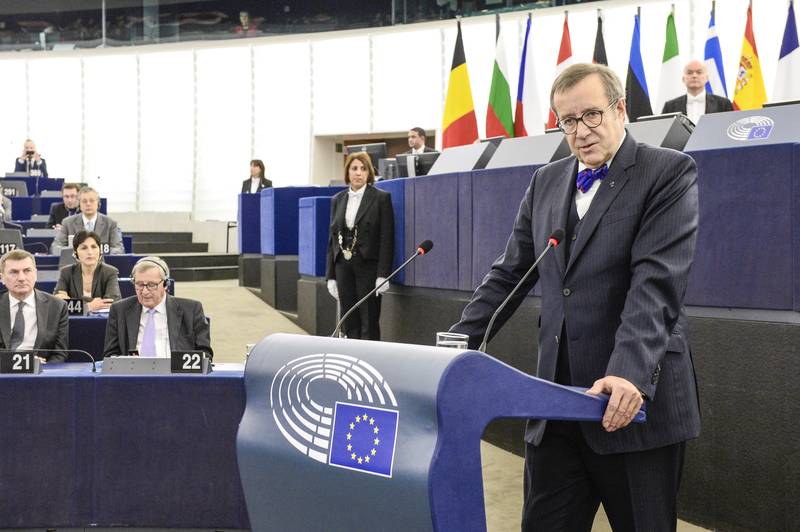 Toomas Hendrik Ilves | © European Parliament
Toomas Hendrik Ilves | © European Parliament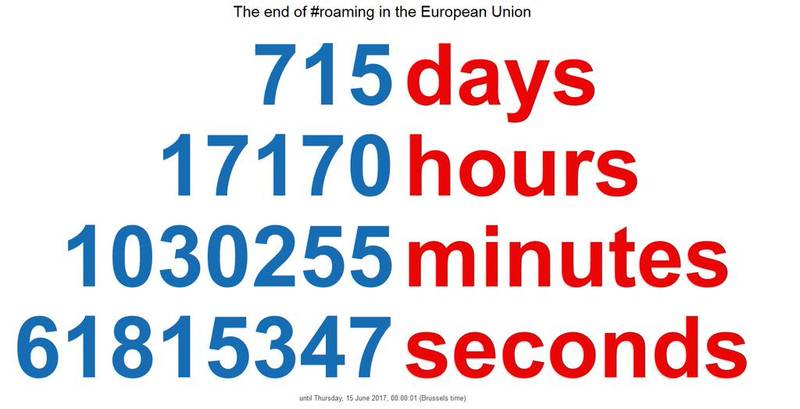 | © European Commission
| © European Commission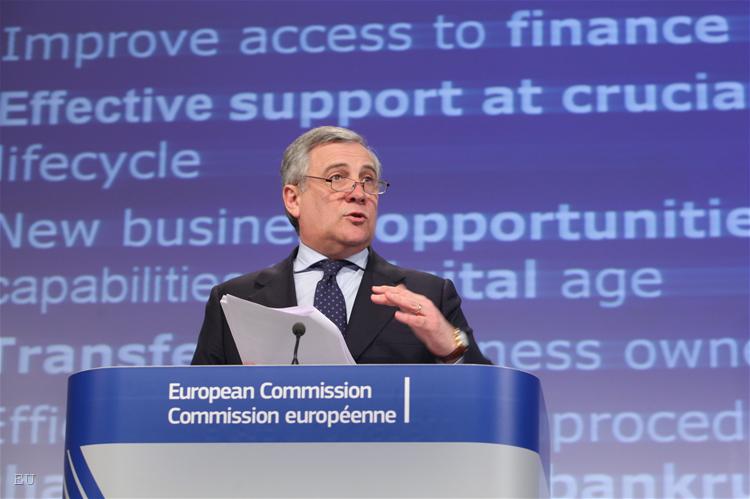 | © EU
| © EU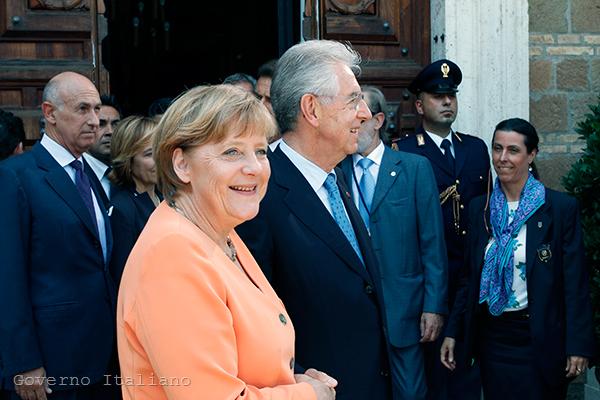 | © Governo Italiano
| © Governo Italiano | © EU
| © EU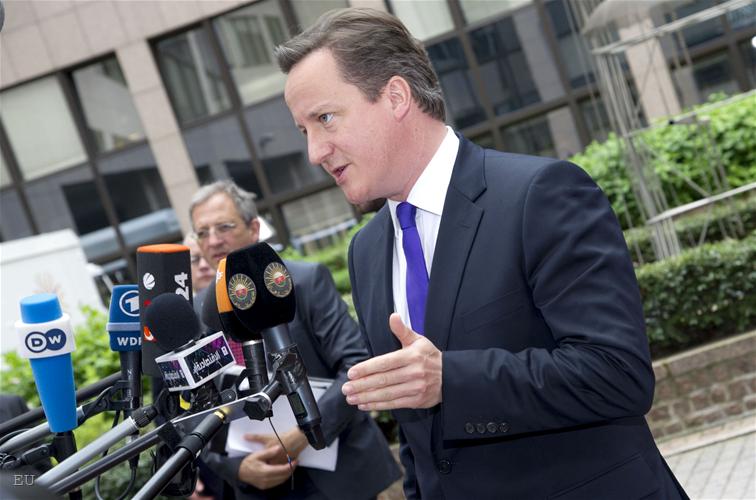 | © EU
| © EU